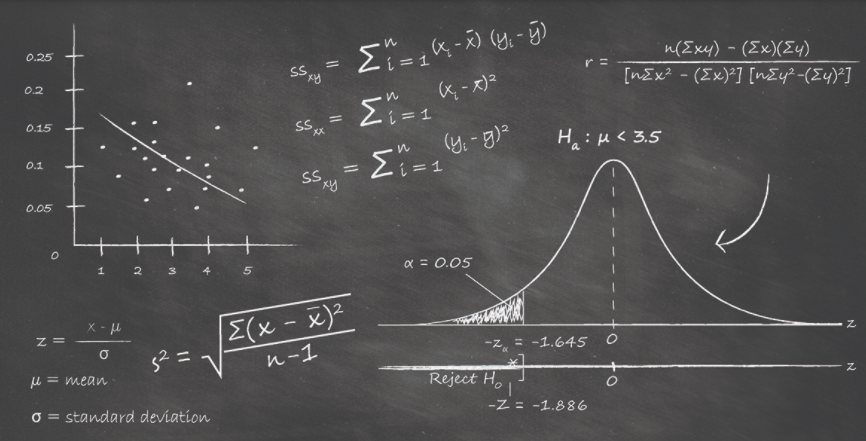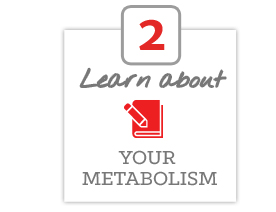Can we find a bright side with all the death statistics?
By Dr. Richard Maurer
Apology
It has been awhile since last time I wrote to you. Sorry for the delay.
I am afraid to even open up the Sars-Cov2/Covid subject right away – but I have to. My biggest frustration is the trend to write headlines to trigger an emotionally charged reaction by the reader…which is virtually every COVID headline I see.
Intro

Let me try a brain exercise with you. Let’s assume Math is absolute, but Statistics are relative. So when we heard the news that 1300 people died with Covid in a single day in late November, I ask…”How many would have died anyway?”
Ouch. I know. COLD. Bear with me.
Statistics
From 2017-2019, the U.S. averaged 40,000 annual deaths from the flu – with over 160 of those deaths in kids under the age of 18 in a single year. And 65,000 people die of pneumonia each year. Add to that, RSV (a viral lung infection that causes 5% of the deaths in kids under 5 yo worldwide) which kills about 14,000. About 93,000 annual deaths occur from late stage dementia.
Death
I could keep going, but let’s stop. We are at 202,000 deaths in a year.
COVID is at about 300,000 in the U.S. as we close out 2020. About 42% of all the deaths from COVID-19 have taken place in nursing homes and long term assisted care facilities. And outpatient correlations have been well-drawn to link the risk of serious illness and death from COVID to the triad of hypertension, high blood sugar and central obesity. This is an illness that is deadly in large part due to the effect it has on the vulnerable, not an inherently deadly nature of itself. Yes, it is more deadly than the seasonal flu and it is impressively more contagious. So it is more deadly that the flu, but there are some bright sides to this beastly strand of RNA.
Bright Side

1 – it is remarkably kind to kids. Under the age of 18, as of Deember 1, 2020, there were 133 deaths reported by the CDC, less than the 2019-2020 influenza season and worldwide, the effect on kids is much smaller.
2 – Infection DOES lead to a lasting immunity. There has been tremendous misinformation here, I think because lay public and media have fixated on the blood antibody as the single mark of immunity, when in reality it is much more interesting than that. While we can’t know for certain, it does appear that this coronavirus is behaving in ways similar to SARS-Cov from 2002-2003. This bodes well for those who had the illness AND for those receiving the vaccine. I suggest anyone interested in a virology/immunology discussion check out this article https://www.the-scientist.com/news-opinion/immunity-to-sars-cov-2-lasts-at-least-six-months-data-show-68179. While it has not been PC to state a goal of herd immunity prior to a vaccine, this is ultimately where we must progress. While there is a robust discussion in science journals about whether this is reached with as little as 50% immunity or requires closer to 75%, agreement will be hindsight and hopefully soon.
3 – We are better in hospital settings with hygiene protocols. It is possible that flu cases and other viral infections will remain persistently lower IF the following behaviors remain sticky…
- Stay home when sick! (Many employers can now accommodate working remotely)
- Wash hands and prevent touching your (and others’) eyes and nose
- Maintain distance when possible during epidemic time periods, such as peak flu season
Positive Conclusion with a Take-Home message
This virus is not something we will or can eradicate. Rather it is something we will live with. Over time, I do not believe public health policy should require fear as a primary motivator. I am not afraid for my personal health related to COVID. I am not afraid for my teen and 20-something kids’ health. As for my 83 year old mother living in a community with other older women, I look forward to a vaccine protocol to help protect this more vulnerable group. And for patients and loved ones around me, I assure blood sugars are well managed and vitamin D levels are NOT deficient and any other nutritional deficit or excess, like ferritin iron or zinc, is measured and corrected. Because, don’t you do that for your loved ones too?
Yours in health, Richard




Comments are closed.